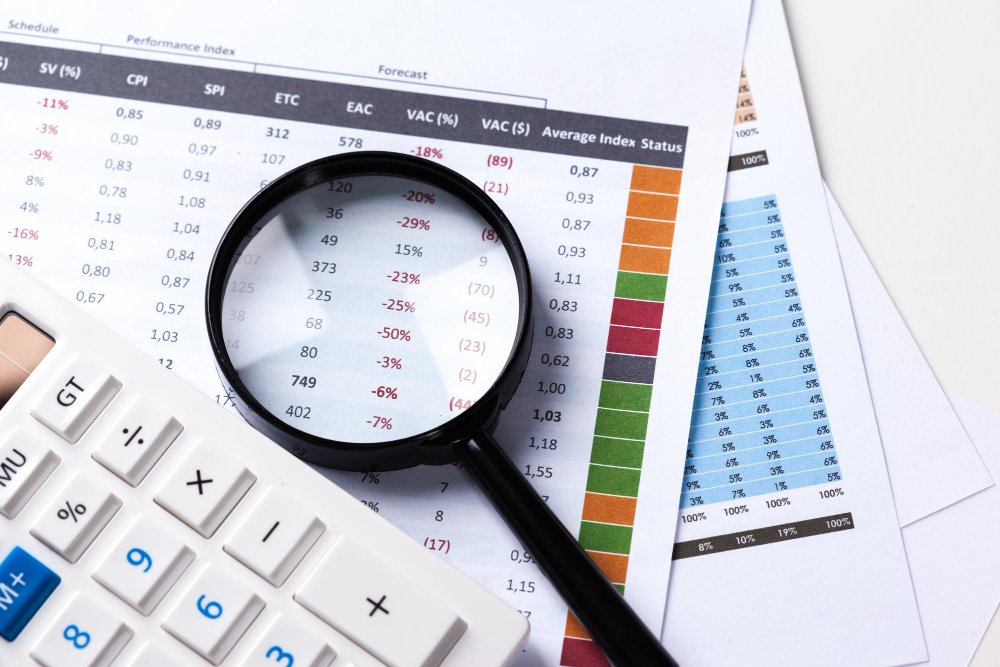When it comes to managing your finances, the foundation of making sound financial decisions starts with understanding your bank statement. Analyse bank statement is more than just checking for errors or ensuring you have enough money to cover your bills. It’s an opportunity to gain a deeper understanding of your spending habits, uncover potential savings, and set yourself up for better financial decisions moving forward.
While reviewing your bank statement may seem like a simple task, doing so effectively can provide valuable insights into your financial health. By regularly analysing your bank statements, you can take control of your finances, identify trends, and make adjustments as necessary. In this article, we will explore how to properly analyse bank statement to help improve your overall financial management.
Understanding the Bank Statement Structure
Before you can start analyse bank statement, it’s essential to understand what information it contains. A typical bank statement will include the following details:
- Account Information: This section includes your account number, the bank name, and the statement period (usually monthly).
- Starting and Ending Balances: The starting balance reflects your account’s balance at the beginning of the statement period, and the ending balance is your balance at the end of that period.
- Transaction List: This section includes a detailed list of all transactions made during the statement period, including deposits, withdrawals, transfers, fees, and interest earned.
- Fees: Any service charges, overdraft fees, or maintenance fees will be listed here.
- Interest: If you have an interest-bearing account, the interest earned will be reflected in this section.
Once you have a good understanding of these basic components, you can begin to focus on analysing the data more thoroughly.
Tracking Your Income and Expenses
The first step in effectively analyse bank statement is to track your income and expenses. Look at all the deposits made into your account throughout the statement period. These could be paychecks, refunds, or transfers from other accounts. Ensure that each income entry is correctly recorded, and make a note of any irregularities such as missed payments or discrepancies.
Next, focus on your spending. Review the list of withdrawals, debits, and other payments made during the statement period. These transactions can come from a variety of sources, such as bills, purchases, or subscriptions. By breaking down your spending categories—such as groceries, entertainment, and utilities—you can identify where your money is going each month. This step is crucial for gaining insight into your financial habits and understanding areas where you may be able to cut back or optimize spending.
Identifying Unnecessary Expenses
One of the most powerful aspects of analysing your bank statement is identifying unnecessary expenses that you can eliminate or reduce. Often, we are unaware of recurring charges or small expenses that add up over time. Common culprits include:
- Subscriptions: These could be magazine subscriptions, streaming services, or any other recurring monthly charges. Often, we forget about these subscriptions or let them continue even if we no longer use them. Reviewing your bank statement allows you to catch these unnecessary expenses.
- Fees: Bank fees, late payment charges, or overdraft fees can significantly drain your finances. By examining your bank statement, you can identify when and where these fees are being charged and take steps to avoid them in the future.
- Impulse Purchases: Reviewing your transaction history can help you spot impulse purchases or purchases you don’t remember making. By identifying these spending habits, you can avoid them in the future and make more conscious financial decisions.
By eliminating or reducing these unnecessary expenses, you can free up more of your income for saving, investing, or paying off debt.
Monitoring Your Savings and Investments
Another important part of analysing your bank statement is reviewing your savings and investment accounts. If you have a savings account or an investment portfolio linked to your bank account, it’s essential to track any interest earned, dividends received, or changes in the value of your investments.
Check whether your savings goals are on track by reviewing the balance and any regular contributions you’ve made to your savings account. If you have investment accounts or retirement funds, ensure that the returns are consistent with your expectations and financial goals. By doing this, you’ll be able to see if your investments are performing well or if adjustments are needed.
Conclusion
Analysing your bank statement is a fundamental practice that can drastically improve your financial management. By taking the time to review your income, expenses, and overall financial behavior, you can make smarter decisions that help you achieve your financial goals. From identifying unnecessary expenses to monitoring savings and investment accounts, analysing your bank statement helps provide a clear picture of your financial health.
By using the insights you gain from this analysis to set goals, create a budget, and make informed decisions, you can take control of your finances and build a stronger foundation for your financial future. Incorporating this regular habit into your routine will empower you to manage your money more effectively and ensure that you’re always on the right track.
















Leave a Reply